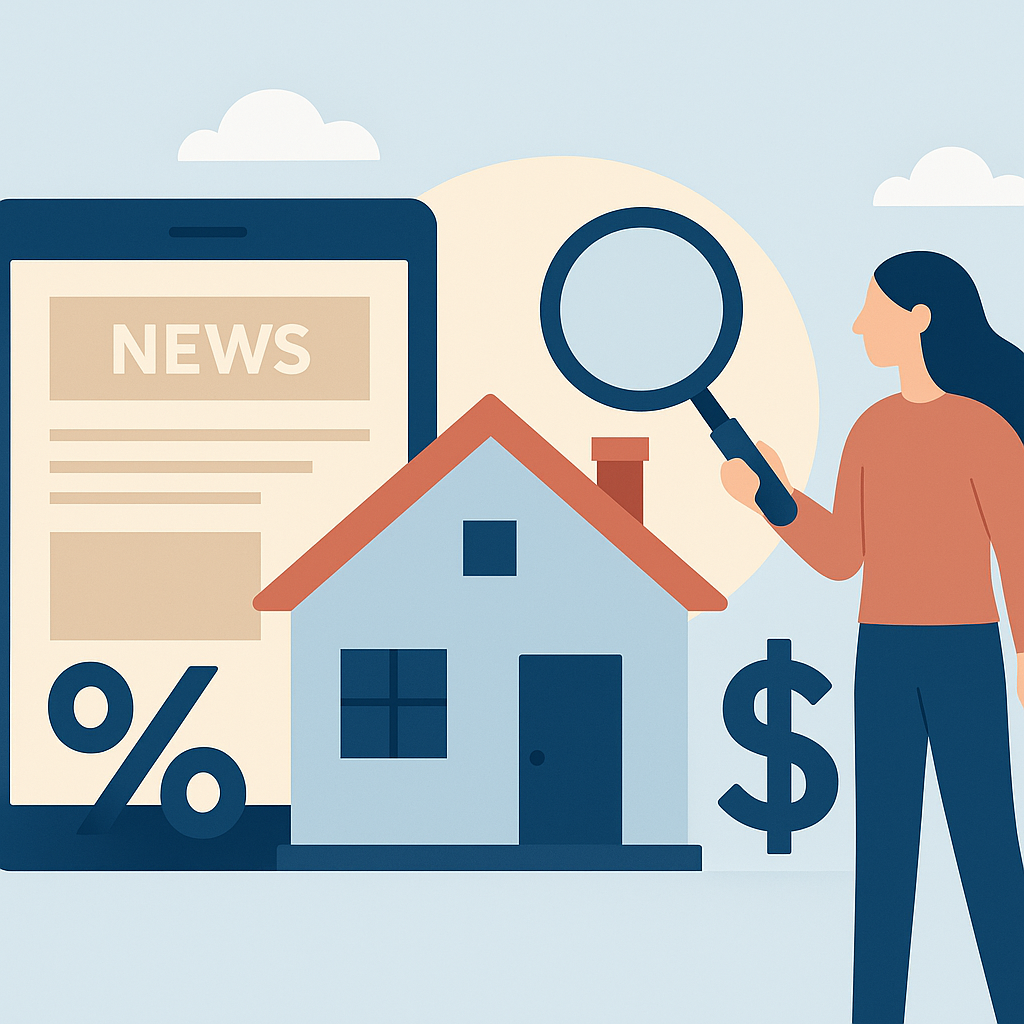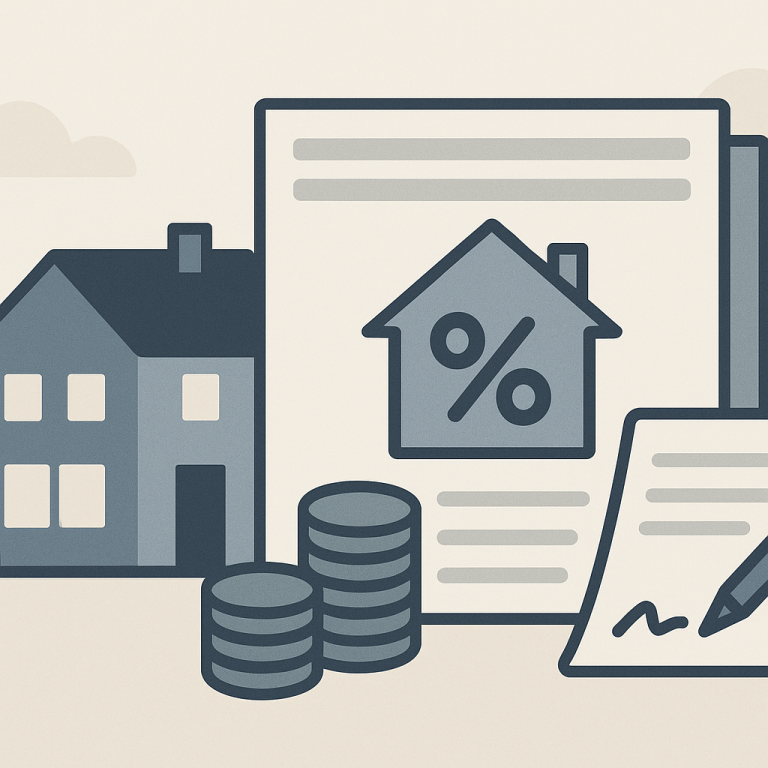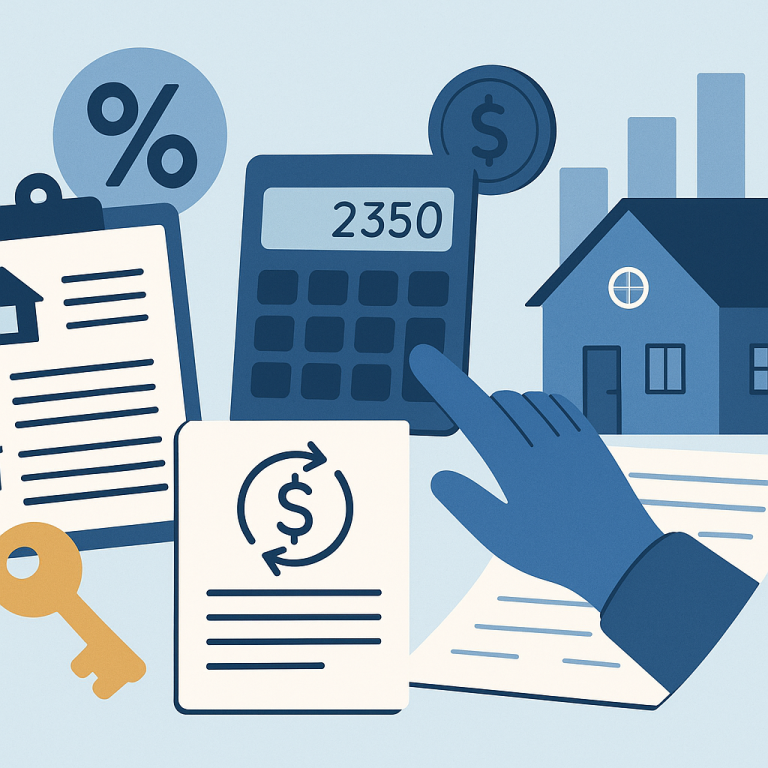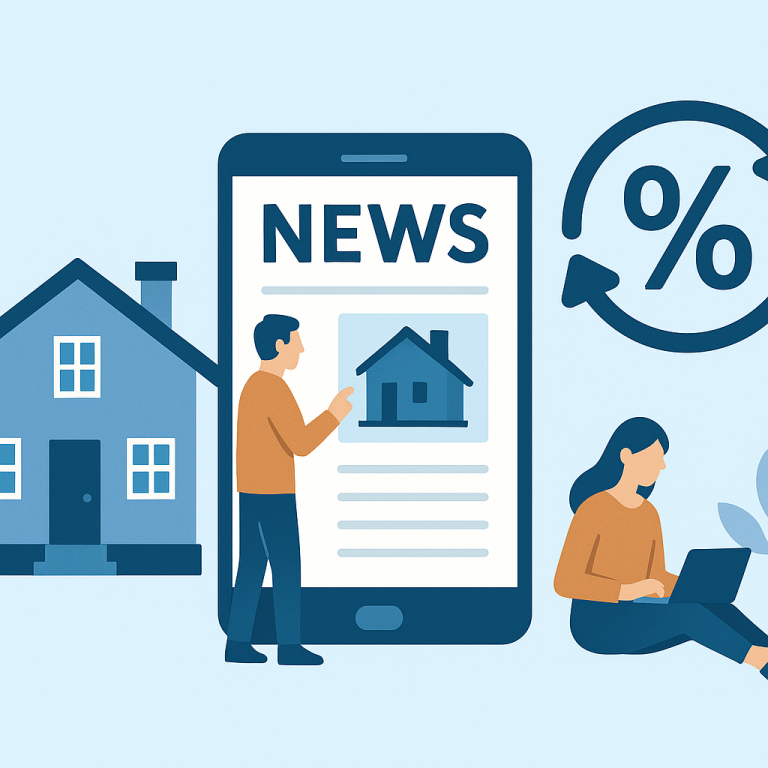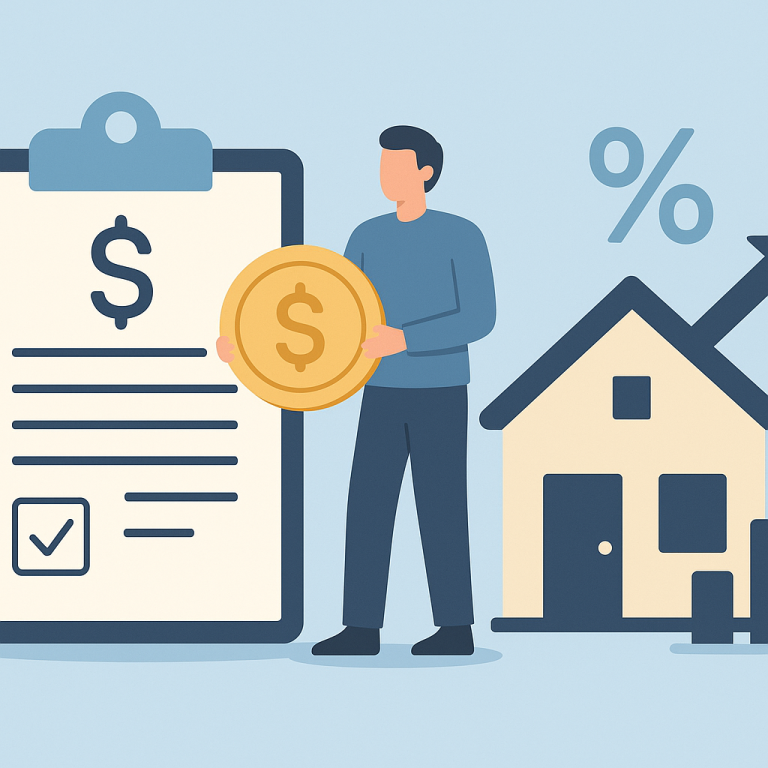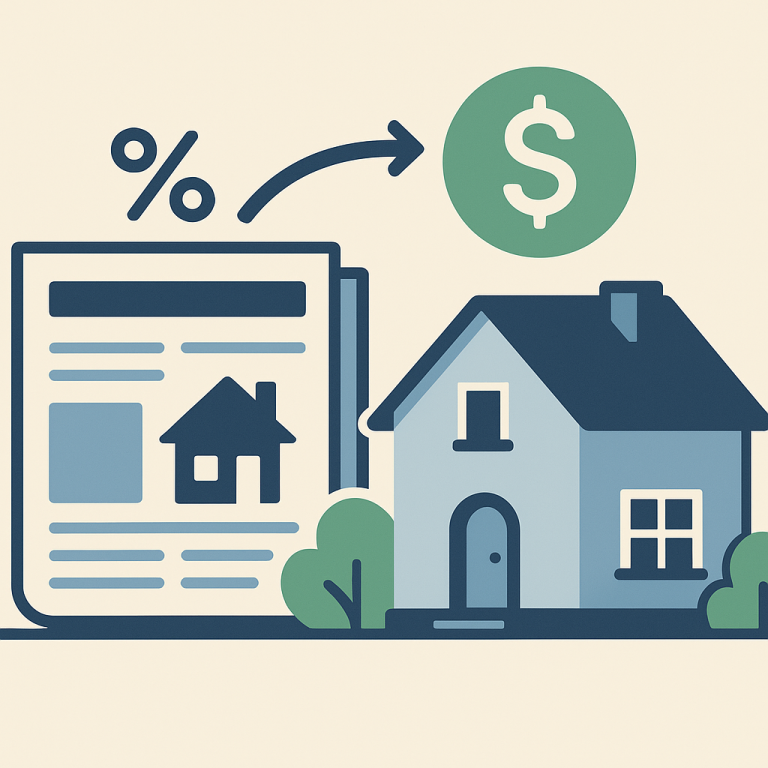Major Mortgage Lenders Cut Refinance Fees, Lower Typical Closing Costs By $900
At a glance: Lower refinance fees and closing costs and how it could affect refinancing decisions.
Lenders have cut refinance origination fees, reducing closing costs and shortening breakeven timelines for many borrowers.
What Lower Refinance Fees Mean for Borrowers
Homeowners considering refinancing are increasingly asked to weigh upfront costs and loan-term trade-offs against potential interest savings. Recent market fluctuation has made the decision less automatic than in past cycles; instead of refinancing whenever rates dip, borrowers must evaluate whether the long-term benefits justify the immediate expense and any changes to repayment timelines.
Key factors shaping the refinance decision
One central consideration is the break-even point — the time it takes for monthly savings from a lower rate to offset closing costs. Because closing costs can be substantial and rates have been volatile, many homeowners now find that a refinance only makes sense if they plan to stay in the home long enough to recoup those costs. Lenders also price in borrower risk, so credit history, debt-to-income ratios, and documentation quality will influence available terms and fees.
Another factor is loan term. Recasting a loan into a longer term can reduce monthly payments but extend interest exposure and potentially increase total interest paid over the life of the loan. Conversely, shortening the term can trim total interest costs but raise monthly obligations — a trade-off that depends on household cash flow and financial goals.
Home-equity access and cash-out refinances add complexity. Tapping built-up equity can fund renovations, debt consolidation, or other needs, but it also increases the loan balance and may raise the interest rate or require mortgage insurance if equity thresholds are affected. Borrowers must balance immediate liquidity needs with long-term mortgage costs.
When refinancing typically makes sense
- When the anticipated duration in the home exceeds the calculated break-even period for closing costs and fees.
- When a change in loan term aligns with a household’s cash-flow goals without creating undue long-term expense.
- When access to equity is gained for productive uses and the borrower understands the trade-off in loan balance and interest.
- When borrower credit quality improvements meaningfully reduce the interest rate and fees offered by lenders.
Practical steps for homeowners
Start by obtaining several estimates to compare both rates and the full disclosure of fees. Ask lenders for a Loan Estimate and scrutinize the items that drive closing costs, such as origination charges and third-party fees. Use a break-even calculator to model different scenarios, including varying time horizons and potential changes in household finances.
Consider the role of prepayment: if paying down the principal is already a priority, a shorter-term refi or targeted principal prepayment may be more efficient than a full refinance. For those pursuing cash-out refinancing, weigh alternative financing options such as home equity lines of credit or personal loans, and compare their cost and flexibility against a mortgage refinance.
Homeowner takeaways
- Refinancing is not automatically beneficial; focus on the break-even horizon and how long you expect to remain in the home.
- Compare loan-term impacts, not just monthly payment changes — shorter terms reduce total interest but raise monthly costs.
- Shop multiple lenders and request detailed estimates to identify the true closing costs and likely rate offers.
- If accessing equity, consider whether the purpose justifies increasing your mortgage balance and potential long-term cost.
Given current market conditions, homeowners who run clear scenarios and prioritize both short- and long-term goals will be better positioned to make refinancing decisions that match their financial objectives.
META: refinancing-break-even-term-tradeoffs

